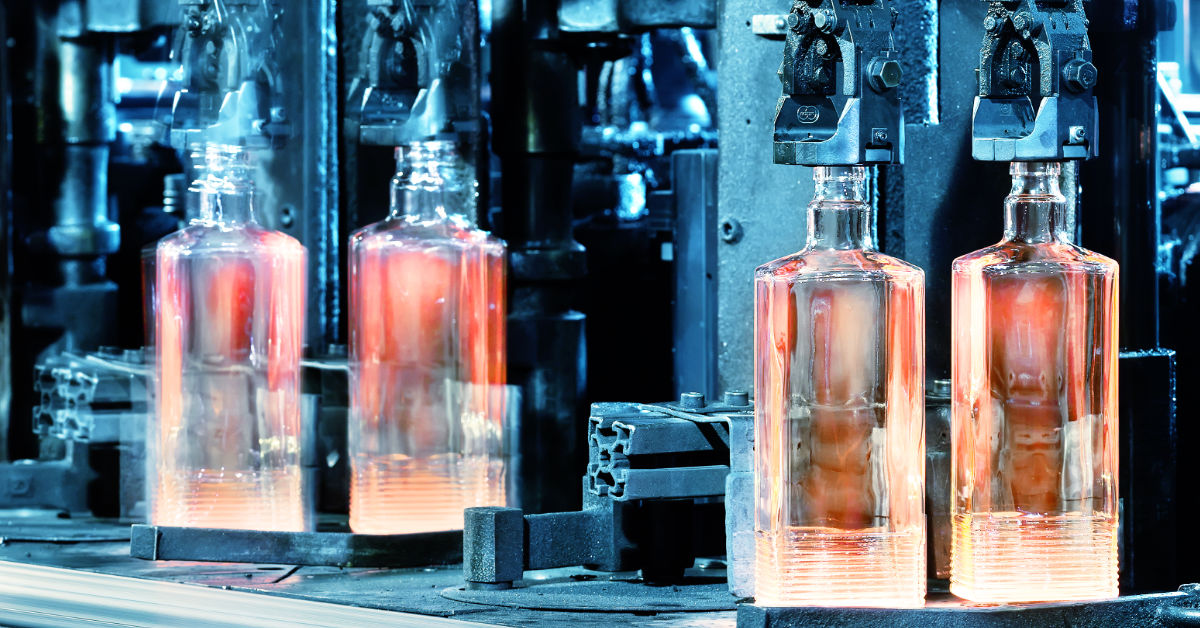In the last 50 years, the glass industry has made giant strides towards the decarbonisation of its production system. The reduction of glass products (-30%), the reduction of energy consumption (-70%) and the halving of CO2 emissions have certainly led to a significant change in the sector, although we are still far from carbon neutrality.
The continuous investment in solutions aimed at reducing both the environmental impact and the costs associated with glass production is driving the industry towardsadoption of green and renewable energies. A dynamic not unlike that adopted by the glass packaging sub-sector, which seeks to trace an innovative path aimed at decarbonising its processes. A path that requires huge funding from the public sector, in order to improve efficiency and develop machinery and technologies capable of facilitating the achievement of the objectives set by the Paris climate agreement.
Furnace for the future
Collaboration with the project “Ovens for the future” has enabled the European packaging glass industry to devise cutting-edge technology to contain CO2 emissions from furnaces, replacing natural gas with renewable electricity, in a share close to 80%. However, increasing the use of electric fusion commercially is not the only way forward. The furnaces of the future are called a fusing silica, reduced, green and recycled glass at the same time.
The sector also continues to experiment with other solutions, among which the use ofhydrogen and biomass.
A full 80% recycling
Last but not least, the sector will have to commit to eliminating the residual carbon dioxide emissions deriving from the smelting of virgin raw materials. Glass is the most recycled packaging material in the world.Europe, and the collection rate, although very significant, is still missing the 20% that would make its recycling process complete. To achieve this goal, the various industrial and recycling companies are called to collaborate with the local authorities to improve the quality and pervasiveness of the collection service, with the aim of achieving a recycling rate of 90% by 2030.
However, the efforts of the glass sector alone do not guarantee full success in terms of sustainability and decarbonisation. In this sense, it will be crucial the role of the regulatory framework in providing an investment-friendly environment, full of incentives for reducing pollution, and guaranteeing a certain flexibility with respect to the introduction and integration of revolutionary technologies.
Source: Glass Machinery Plants & Accessories



